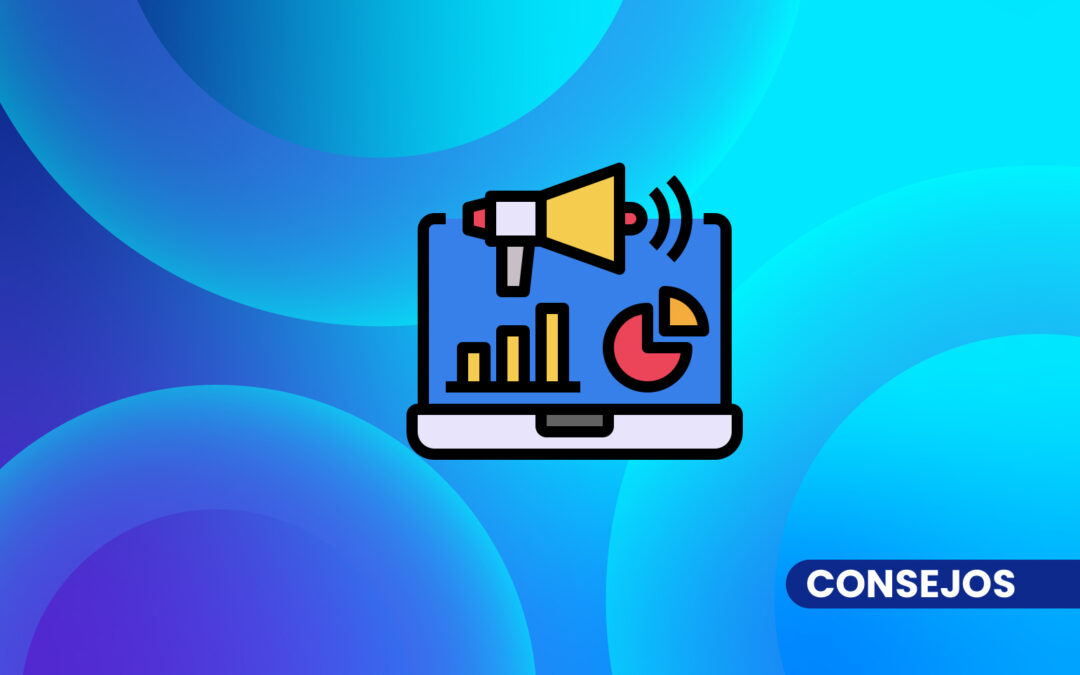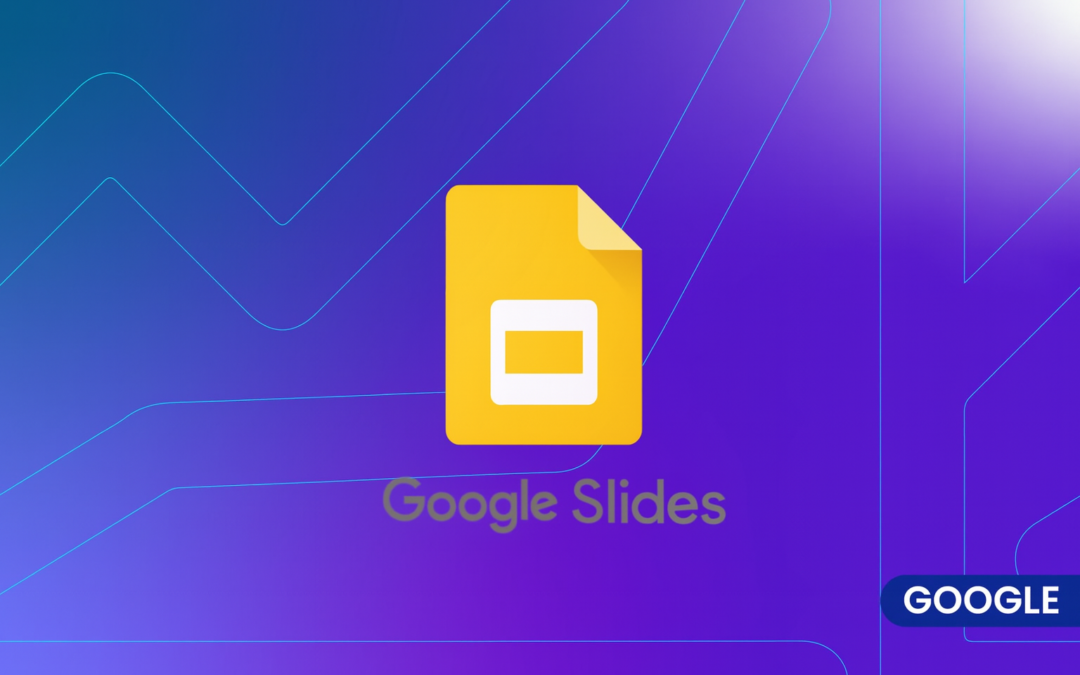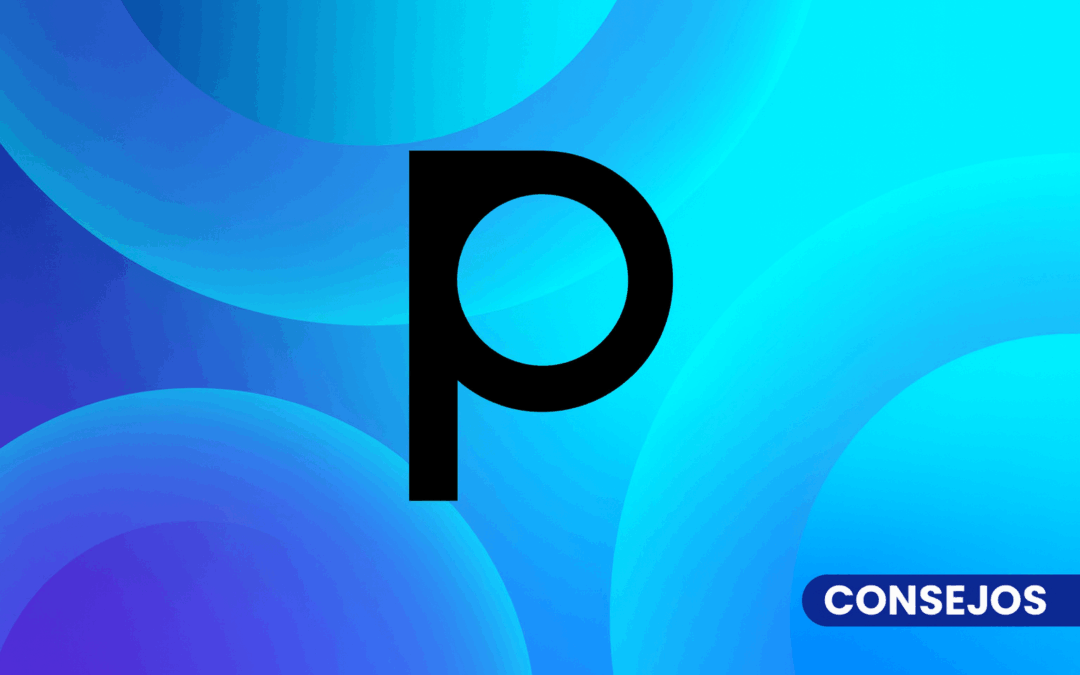In the business world, visual communication plays a crucial role. Pictograms, simple graphic representations that convey messages quickly and effectively, are a powerful tool for improving communication with customers and employees. In this article, we will explore what pictograms are, their benefits and how you can use them to enhance your business.
What are pictograms?
Pictograms are graphic symbols that represent objects, concepts or actions in a simplified form. They are easily recognizable and understandable, regardless of the user's language or culture. This universality makes them especially useful in contexts where quick and clear communication is essential.
Benefits of using pictograms
- clear and fast communication:
- Pictograms allow information to be conveyed immediately and unambiguously, which improves comprehension and reduces interpretation errors.
- accessibility:
- They help overcome language and cultural barriers, making information accessible to a wider audience.
- attractive design:
- Pictograms can improve the aesthetics of your communication materials, making them more attractive and professional.
- memorization:
- Images are easier to remember than text, which helps customers and employees retain important information.
how to use pictograms in the digital world?
Signaling and orientation
Use pictograms in your business to mark important areas, such as emergency exits, restrooms, loading and unloading zones, and restricted areas. This improves navigation within your establishment and ensures that people can easily find what they are looking for.
Manuals and guides
Incorporates pictograms in user manuals, installation guides and operating procedures. This facilitates the understanding of complex instructions and helps users to follow the steps correctly and efficiently.
Marketing and advertising
Pictograms can make your marketing and advertising materials more visual and attractive. Use them in brochures, posters, advertisements and on your website to highlight key features of your products or services.
Social networks
In your social media posts, pictograms can help communicate messages quickly and capture the attention of your audience. They can also be an effective way to convey information in limited spaces, such as in Instagram stories or tweets.
Labeling and packaging
Uses pictograms on product labels and packaging to inform customers about important features, such as directions for use, safety warnings, ingredients, and product benefits. This enhances the customer experience and facilitates purchasing decisions.
Training and education
In training and education programs, pictograms can help illustrate key concepts and procedures, making the content more understandable and easier for employees to follow.
Practical examples of pictograms in business
- Restaurants and cafeterias:
- Use pictograms on menus to indicate vegan, gluten-free, spicy, or specific ingredients.
- Retail stores:
- Use pictograms on signage to guide customers to different sections of the store, such as men's, women's, children's, or accessories.
- Offices and workspaces:
- Place pictograms in common areas to indicate the location of meeting rooms, restrooms, rest areas and emergency exits.
- Websites and applications:
- Integrate pictograms into your website or mobile app to improve navigation and user experience, indicating sections such as contact, store, shopping cart, and more.
Pictograms are an invaluable tool for businesses, providing an effective way to communicate information clearly and quickly. By incorporating pictograms into signage, marketing materials, social media, labeling, and training, you can improve the accessibility, comprehension, and aesthetics of your communications. Consider how pictograms can benefit your business and start integrating them into your communication strategies today.




